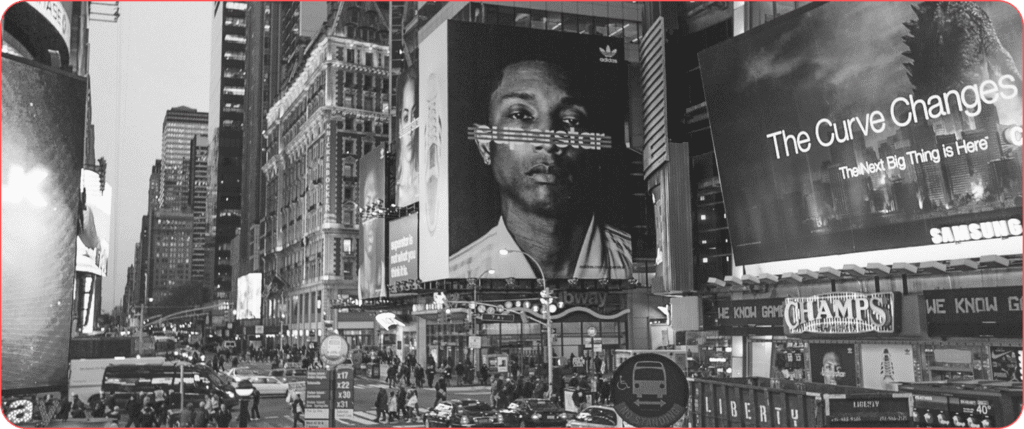In the world of marketing, attracting premium segment customers is often considered the holy grail. These are the high-value buyers who not only pay more but also demand more — in quality, experience, service, and status. Unlike mass-market consumers, premium customers are not swayed by discount tags or impulse-buy messaging. Instead, they make calculated, value-based decisions influenced by a cocktail of emotional triggers and rational justifications.
So, how do you truly attract and retain premium customers? Let’s dig into the mindset, motivations, and expectations of this exclusive group and how brands can align with them.
Understanding the Premium Mindset
Premium customers don’t buy a product — they buy into an experience, a promise, and often, a lifestyle. Their purchase decisions are purposeful and aspirational. Whether it’s a luxury watch, a high-end consulting service, or premium medical care, the underlying motivations usually boil down to:
- Quality and craftsmanship
- Trust and credibility
- Personalization and exclusivity
- Emotional connection
- Status signaling
These customers are brand-conscious, not just price-conscious. They often associate price with prestige and use it as a proxy for quality.
What Influences Their Decisions?
According to a 2023 BCG survey on premium consumer behavior, the top influencing factors among high-end customers globally were:
|
Factor |
Percentage of Influence |
| Trusted Recommendations (word of mouth) |
74% |
| Brand Reputation & Heritage |
68% |
| Personalized Experience |
65% |
| Product Quality |
60% |
| Online Reviews & Testimonials |
54% |
| Social Media Presence |
41% |
| Price |
35% |
Visibility vs. Recommendation
Visibility is crucial for awareness, but recommendation outweighs visibility when it comes to final conversion. A friend’s suggestion, an influencer’s honest review, or a trusted authority’s endorsement can tip the scale faster than any billboard ever could.
Case Study: Tesla
Tesla’s minimal ad spend model proves how far earned media and customer advocacy can go. The brand relies heavily on referrals and word-of-mouth from tech-savvy, high-income consumers. Each satisfied owner becomes a brand ambassador, speaking volumes about how recommendation fuels premium brand growth.
What Do Premium Customers Really Want?
- Authenticity and Transparency
They can smell “marketing fluff” from miles away. They value truth, heritage, and story. Brands that communicate a clear purpose tend to win their trust.
Example: Rolex’s storytelling around precision, heritage, and endurance creates an emotional halo that justifies its premium positioning.
- Exclusivity
They want to feel special. Limited editions, member-only access, or bespoke options signal that the brand values individuality over volume.
Luxury fashion house Hermès often limits availability intentionally, which paradoxically increases demand and value.
- Personalized Experience
Generic messaging is a turn-off. They expect white-glove service, custom suggestions, and meaningful after-sales engagement.
Brands like Net-a-Porter offer VIP styling services and private shopping experiences — adding immense value without slashing prices.
- Design and Aesthetics
Packaging, store ambiance, and digital interface must reflect the brand’s prestige. Every detail matters.
Apple stores are designed more like art galleries than tech shops — communicating innovation, clarity, and premium quality.
Strategic Insights for Attracting Premium Customers
Here are actionable tactics to bring premium clients into your fold:
- Build Authority & Social Proof
- Use testimonial campaigns, client case studies, and expert endorsements.
- Get featured in high-trust media (Forbes, Financial Times, etc.).
- Create an Ecosystem of Trust
- Offer guarantees, transparent return policies, and concierge-level customer support.
- Invest in employee training for premium service.
- Elevate the Brand Experience
- Curate every touchpoint: website, packaging, email, and even invoices.
- Consider luxury partnerships or collaborations to enhance positioning.
- Leverage Referral & Loyalty Programs
- Create member-only perks, early access to new products, and VIP tiers.
- Turn satisfied customers into advocates.
- Focus on Thought Leadership
- Publish white papers, speak at industry events, and showcase behind-the-scenes craftsmanship.
- Educate rather than sell.
Final Thoughts
The premium customer isn’t just paying for a product or service. They’re paying for confidence, identity, and an elevated experience. The key is not shouting louder — it’s about whispering to the right ears in the right tone, with sincerity and sophistication.
In the words of Coco Chanel:
“Luxury is not the opposite of poverty. It is the opposite of vulgarity.”
Brands that respect their customers’ intelligence and time, provide meaningful value, and engage authentically will always stand out — and sell out — in the premium segment.
C. Basu.
Sources & References
- Boston Consulting Group (BCG) Premium Consumer Survey 2023
- Bain & Company Luxury Goods Worldwide Market Study, 2024
- Case Studies: Tesla, Rolex, Hermès, Apple
- Forbes: “What Premium Buyers Want in 2024”
- McKinsey & Company: “The Art of Customer Loyalty in Luxury”


